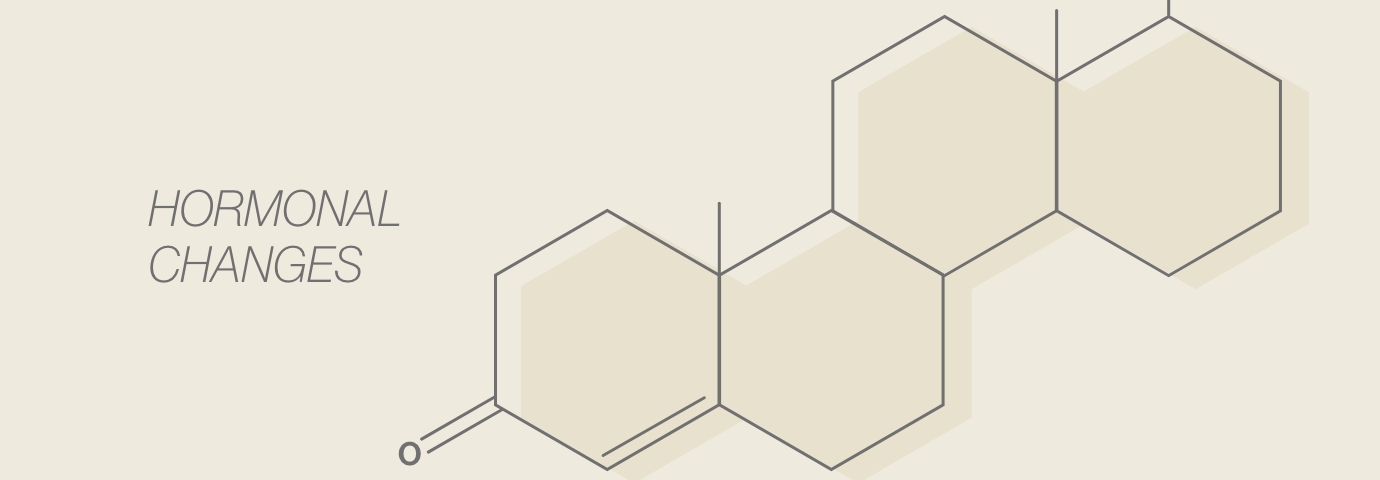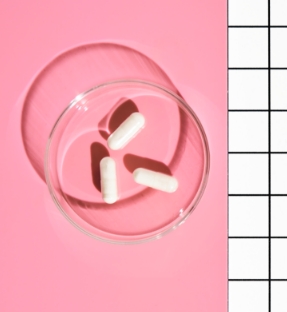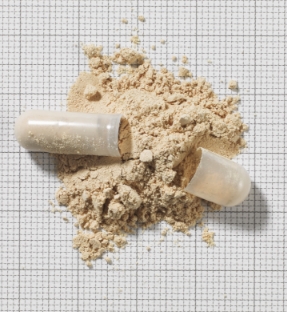Hormonal changes and the effects of skin at every age

It’s natural for your hormones to fluctuate. Oestrogen levels, for instance, rise and fall during your menstrual cycle and will decline by around 50% by the time you reach the age of 50. These hormonal changes look and feel different during various stages of your life and can take a toll both mentally and physically. This can result in everything from low moods to brain fog and fatigue but can also cause visible changes to your skin too. To break down the common changes, our skin experts reveal the ways in which hormonal fluctuations may impact your body’s largest organ throughout your 20's, 30's, 40's and 50's, plus the best ways to address them.
In your twenties and thirties
From the age of 26, women may start to see a difference in their skin along their chin and jawline. Many women experience these skin changes just before their time of the month when hormones fluctuate prior to their period, which can stimulate the sebaceous glands and cause breakouts.
As a result of damage to the skin from your teenage years caused by too much blue light and UV exposure, lines and wrinkles may also start to appear. As skin turnover and the production of collagen begins to slow, your skin may lose some of its luminosity and appear duller as a result.
To address these skin concerns, look out for ingredients like vitamin A, which can help with skin rejuvenation* and vitamin C which supports collagen formation** whilst keeping skin looking more youthful and brighter for longer.

In your forties
The lead-up to menopause can be a tricky time. Known as perimenopause, it describes the stage before the menopause, which usually lasts between 3-4 years. During this time, hormone production begins to decline and fluctuate, including your oestrogen levels, which causes the skin to become thinner and lose collagen and elastin. Additionally, UV and blue light exposure, along with lifestyle and diet factors, can all contribute to the quality and health of your skin.
The hormones that help regulate the sebaceous glands, such as oestrogen, also start to decline which can lead to stubborn breakouts. This is further aggravated by the slowing down of the skin cells’ renewal process in more mature skin. As excess skin cells build up, blocked pores already clogged with sebum are further irritated causing redness and inflammaging.
The skin solution? Try introducing omega fatty acids into your diet to help combat dry skin and ensure you’re taking a good multivitamin to support your skin and overall health.

In your fifties
The menopause usually occurs between ages 45 and 55 and marks the moment when your menstrual period stops, and fertility ends.
You have probably heard of the symptoms synonymous with the menopause, which usually include hot flushes, insomnia, and fluctuations in skin. These skin changes can include wrinkles that will become more prominent as skin starts to sag and lose elasticity and dry skin caused by a failure to produce natural oils as you age. As melanin also decreases and skin becomes lighter, it becomes more susceptible to sun damage. Seasonal changes also affect menopausal skin, and some women may experience oily skin as oestrogen levels decline.
To support skin health in your fifties, introduce key active ingredients including vitamin A, vitamin C and antioxidants** to help protect the skin against free radicals. Vitamin C helps to support collagen production* and vitamin A helps generate healthy-looking* skin cells. Also incorporate omega 3 and 6 fatty acids to help compensate for the decline in oils and nutrients.

*Vitamin A contributes to the normal maintenance off skin
**Vitamin C contributes to the normal function of collagen and protects skin from oxidative stress
